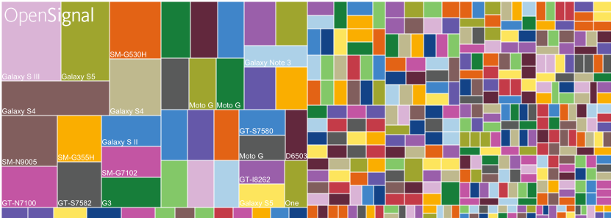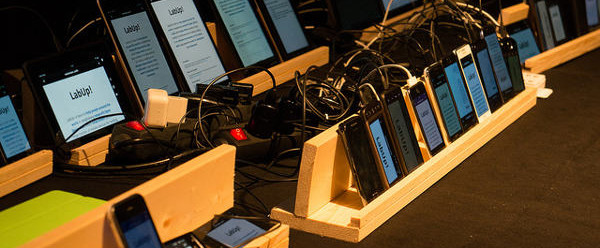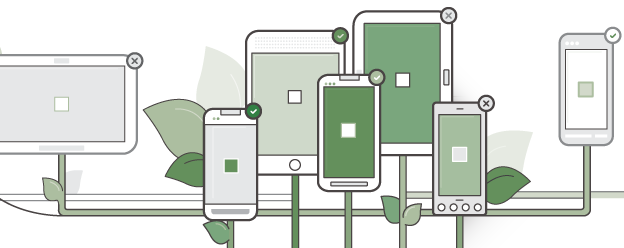As every year since 2012, the guys from OpenSignal release the Android fragmentation report. The latest report was just published and the results of it are amazing and at the same time really scary if you are an Android developer or Android tester. For the 2015 report, 682,000 devices were surveyed and 24,093 distinct Android devices are on the market. Last year in 2014 there were “only” 18,796 devices available. Within one year the Android device market grew by 5,297 more devices, which is amazing if you keep the new iOS devices in mind. Apple released in 2015 (well 2014) only 4 devices. The iPhone 6, iPhone 6+, the iPad Air 2 and the iPad mini 3.
Mobile Testing
Beta Testing for Android Apps
Since a couple of years Google is offering beta testing for Android apps. With this feature companies or developers have the chance to release Android beta apps to mobile testers via the Google Play Store. This feature is integrated into the Google Play Developer Console and is very easy to use. All you have to do is to upload your beta apk file to the developer console and to publish the app to the known beta testers.
Mobile development teams are able to create their own beta testing community with the help of G+ communities or Google groups. Since last week, Google is offering two more options to improve the beta testing even further. With this update, mobile tester and developer are able to create a public beta tester group without the need of the G+ community or a Google group. All you have to do, is to enable this option in the developer console and to send the beta testing URL to possible testers.
The URL has the scheme: https://play.google.com/apps/testing/com.package.name. Whenever a tester is clicking this link he or she can become a beta tester of the app. After clicking the link, the beta tester will get an update of the app in the Google Play Store and is able to download the beta version.
Open Device Labs
I often see posts on twitter or software testing communities where people asking for help regarding mobile device fragmentation and how to handle all those different devices. Usually my answer to this is, that you don’t need to test on that many mobile devices.
There are several ways to go. One way to go, is to gather user information from tracking statistics of the released app version. If the app is not yet released, statistics from the Web page (if in place) can help to gather information about the target customers and the devices they are using. If this kind of information is available you can start thinking about how to get at least the top 10 – 15 devices of the customers.
AWS Device Farm
Amazon announced a new mobile testing service called AWS Device Farm. With the help of this service mobile teams especially mobile testers are able to upload their Android or FireOS app to the AWS (Amazon Web Services) cloud to test it on real Android phones and tablets. The service will be available on 13th of July 2015.
Amazon is using the following slogan to promote the new service:
“Test your app on real devices in the AWS Cloud
Improve the quality of your Android and Fire OS apps by testing them against real smartphones and tablets in the AWS Cloud.”
Interview on TestTalks.com
 A couple of weeks ago I was interviewed by Joe Colantonio the founder of www.testtalks.com a weekly podcast about test automation. During the interview we spoke about my book and about mobile testing challenges in general. We spoke about the mobile test pyramid, which mobile test automation tools should be used and what makes mobile testing so special compared to other software like web- or desktop applications.
A couple of weeks ago I was interviewed by Joe Colantonio the founder of www.testtalks.com a weekly podcast about test automation. During the interview we spoke about my book and about mobile testing challenges in general. We spoke about the mobile test pyramid, which mobile test automation tools should be used and what makes mobile testing so special compared to other software like web- or desktop applications.




